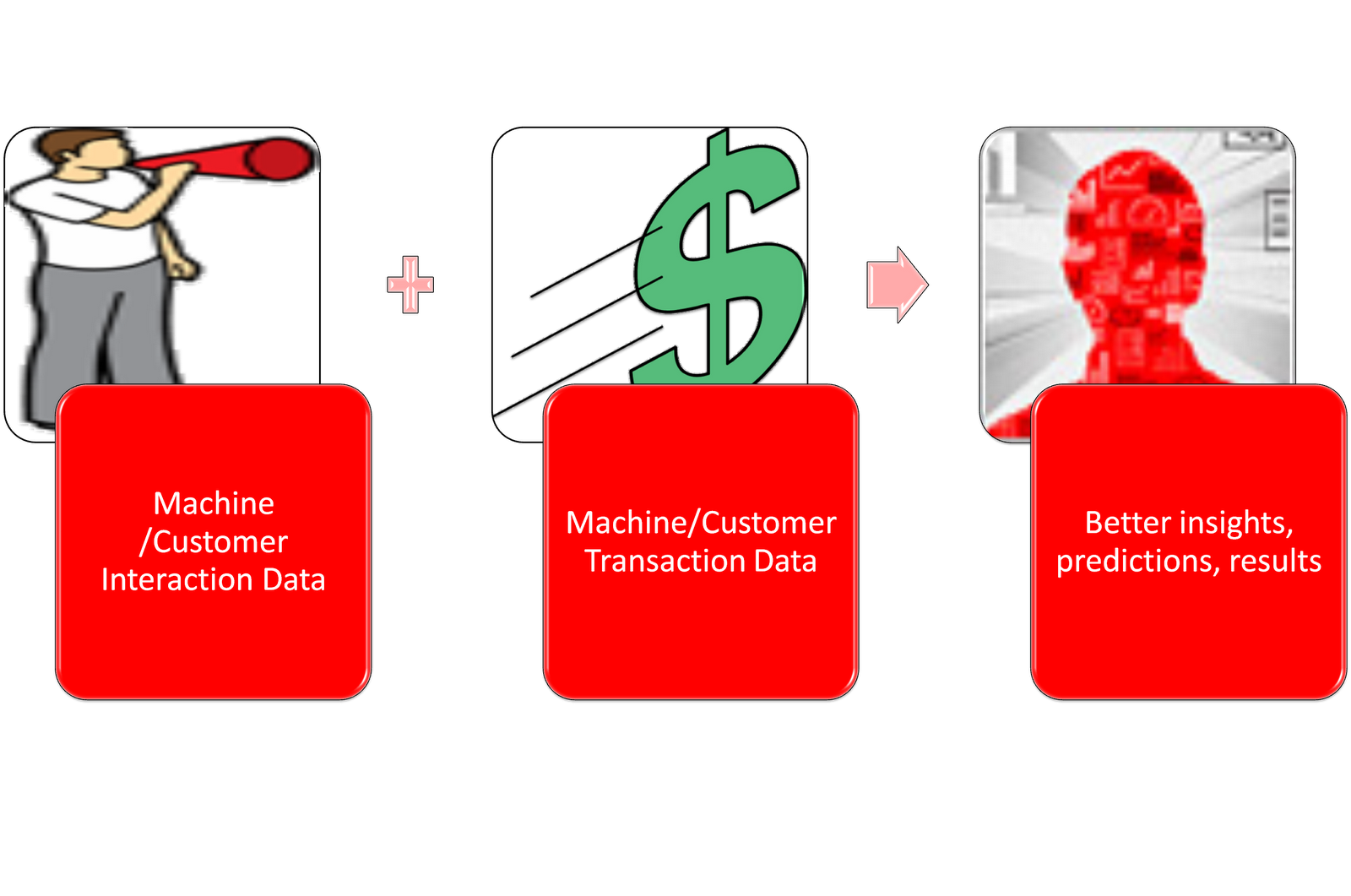Analyze the various steps involved in an advertising campaign
CAMPAIGN PLANNING:
According to Wright et al. [18], there are seven basic and essential steps in planning:
1 . Approaching the Advertising Opportunity
This appraisal involves the determination of the right timing; for a particular advertising campaign. Neil Borden [19] and Charles H. Patti [20] have identified five situations which could lend themselves to advertising opportunities:
Presence of a favourable primary demand trend: If a product category is becoming favourite with consumers, then it is beneficial to advertise a particular brand of product in that category. For example, if coffee drinking is on the increase then a particular brand of coffee can take advantage of it Similarly, if the trend is towards small compact cars, then it is difficult to sell big gas- guzzling cars.
Good chance for product differentiation: If the product that is the focus of the advertising campaign, can be differentiated by unique or exclusive qualities, then it .provides an advertising opportunity. For example, it is difficult to differentiate simply salt or sugar, because sugar will remain sugar no matter which company produces it, but a toothpaste can be differentiated by its quality to clean and brighten teeth as well as serve as a mouthwash.
Presence of hidden qualities: Less obvious qualities are more favourable to promotion. For example, the quality of a television set cannot be determined by simply looking at it. The reliability of the parts within the set are very important for the consumers to associate their buying with that particular brand. Hence the theme of Zenith TV company is “The quality goes in before the names goes on”, Sony Corporation products are well known for their reliability.
Presence of powerful emotional buying motives: If a promotional appeal can touch the emotions as against potentiality or economic Utility, it will be successful. Cosmetics are generally promoted on the basis of sex appeal. Some types of bread and cereals are promoted as necessary for healthier children.
Availability of advertising funds: An advertising opportunity cannot be advertised unless there are adequate funds available for such an advertising campaign. Some minimal amount of advertising must be done if sufficient impact on the target market is to be achieved. Little advertising may be more dangerous than no advertising at all.
2- Market Analysis
Before an advertising campaign can be initiated, it is necessary to know the target market in depth and in detail. Such factors as the entire industry, volume of a given product, its on- market share, competitive strategies, any legal constraints etc. must be studied and analysed. Similarly, the demographic structure of the market and. the market trends must be studied. This would assist in pin-pointing the segmented target market so that advertising efforts can be focussed on this market.
3-Advertising Objectives
The advertising objectives should be as specific as possible. For example, one single point increase in market share is not as specific as the desired percentage of increase in market share. These advertising objectives- must be differentiated from the overall marketing objectives.
4-Establishing Advertising Budgets
As discussed earlier, an advertising budget is determined either by the build-up method or by the break-down method and, appropriate allocation for different media from the budget is established. This break up of allocation would also include consideration of different products, different geographic markets, different time periods etc. Proper monitoring of this budge.t is equally important. Some contingency fund should be apportioned in case any situational changes take place.
5-Developing a Promotional Strategy
Strategies are developed in order to achieve the advertising and marketing objectives. Strategy involves selecting the most suitable media as the vehicle of promotion as well creating an advertising message that would be attention getting. Advertising strategy has been defined as follows:
“Advertising strategy is creativity applied in knowledge for the purpose of finding the most effective way of achieving an end. We believe that advertising strategy must encompass the totality of what a product or service is and how it is sold to the consumer. It embodies the product’s or service’s reason for being so. It is the product’s most important property and it is the differentiating principle that the product embraces. Strategy welds all of the marketing factors into a cohesive unity that will achieve the end” [21].
6-Coordinating Advertising and Other Marketing Techniques
Advertising campaigns need the active support of other marketing functions such as distribution channels, sales promotion and public relations. Other functions like production, inventory and delivery should also be integrated with advertising plans. In addition, maximum support should be solicited from dealers, suppliers and sales people.
7-Results of Advertising Campaigns
The degree of correlation between any increase in sales and :he advertising campaign should be established so as to determine he proportion of increase in sales that are directly attributable to he advertising campaign. Similarly, if the objectives are other than an increase in sales, then the degree of achievement of such objectives should be measured relative to. the advertising efforts. There are a number of ways by which such results can be measured. One of these methods would be to test the market, which is carefully chosen, at the time of introduction of the advertising campaign (known as pre-testing) and then testing the market again after the full commitment of the campaign (known as post-testing). In the pre-testing stage, the response in the test market is analysed to determine if any changes in the advertising campaign are necessary. The pre-testing and post-testing would give us a clear indication as to the efficiency of the advertising effort.
